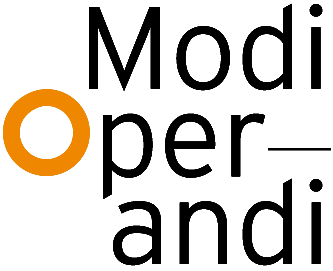PREFACE
‘Suppose we were equipped with the right senses and sensors, and looked at Earth from outer space. What we would see would resemble a giant Christmas tree, a planet that is brightly “lit-up”, not only with enormous amounts of visible light, but also with electromagnetic radiation, radio waves, infrasound and wireless telecom frequencies.’[1]
For us humans, it is difficult to perceive these phenomena since we are equipped with a limited set of senses and our human perception is limited to vision, sound, touch taste, smell and our immediate surroundings. In order to reveal such phenomena to the human, there needs to be a transformation from one state of energy to another state that is perceivable by the human. This transformation is done through the notion of the sensor. A sensor is a device that detects changes in its physical environment and translates it into data that can be perceived by the human. The sensor allows us to perceive energies and entities which were previously invisible to us and which we are generally not aware of. Our contemporary world is filled with sensors, from weather stations to satellites, infrasound stations and seismic monitoring stations. These sensors form a very specific spatial part of our environment; they generate a specific architectural infrastructure, have a precise relation to their territory and operate on scales beyond our human perception. However, the sensor is often overlooked in architectural discourse and production.
This paper investigates the notion of the sensor for the development of an architectural project. It addresses earth magnitude as a hyperobject filled with energy and activity made visible through the sensor. Moreover, it encourages us to think at earth magnitude; at the true extend of earth’s range, from its core to outer space, and beyond the human perspective. The argument is developed through examination of the Kazakhstan international monitoring system, how they reveal earth magnitude, what it means to think at earth magnitude and how the sensors constitute a specific spatial reality in the critical zone. Finally, this paper discusses the potential of thinking at earth magnitude in architectural production and how the notion of the sensor can inform an architectural project in the Borders & Territories design studio.
